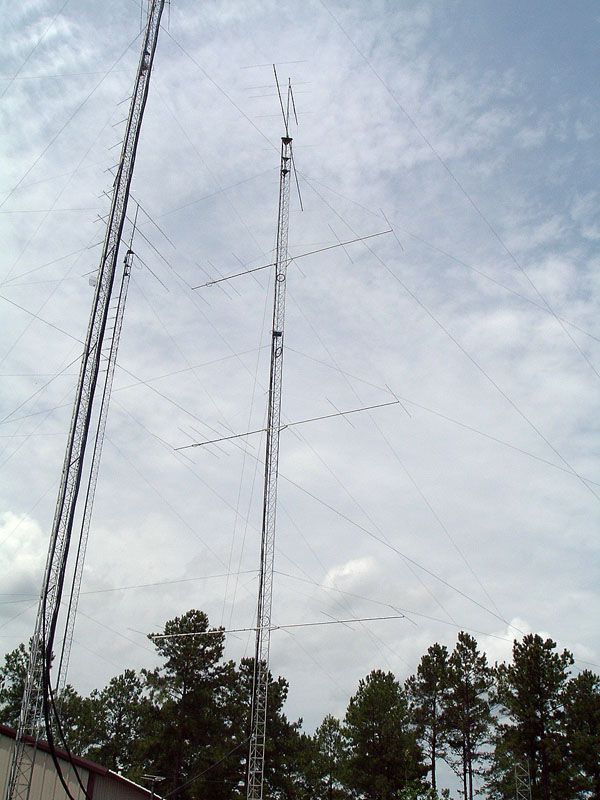
Just for fun, I’ve included a video of I Saw Three Ships. Otherwise, your notes will go flat, making you go out of tune.

This will allow you to sustain your notes. Make sure you sneak in enough breaths as you sing. Use the conversion ratio to complete the unit conversion, basically dividing the input by 1, the lb/in2 units cancel out, and we are left with bar units. then divide both sides of the equation by bar, to get the conversion ratio. For more information, read Why Use a Synth Voice Instead of Real Voices. To convert lb/in 2 to bar, use the conversion factor. Research has shown that this will help with the ability to identify and produce absolute pitch information. For example, music in 3/4 is beamed in one group of six eighth notes (quavers), whereas music in 6/8 is beamed in two groups, each the value of a dotted quarter. The song track uses synthetic voices rather than actual voices. As you sing along, the soundtrack shows you how the melody should sound when sung in tune. Practicing every day with the soundtrack will help you build up your mental pitch schemata. I carefully chose the soundtrack’s tuning to help with developing your melodic tuning skills. They will be divided slightly differently in compound meter (where notes are divided into three). Chant the rhythm syllables then sing the solfege syllables. However, the Kodaly rhythm syllables sit above the staff. The solfege syllables sit below the staff in the sheet music example. To review shape notes, read Shape Note Sight Singing Success. Our example for singing rhythm syllables in 6-8 time also uses shape notes to help you sight read the notes. Need to hear how the rhythm syllables sound? The video below will demonstrate how the syllables sound.
#6 8 meter how to
For an example of how to sing dotted quarter notes in 3-4 time, see Singing Rhythm Syllables in 3-4 Time.īefore you can sing rhythm syllables in 6-8 time, we need to talk about how they work. Therefore, it gets a different syllable in simple meters versus in compound meters. In cut time, 2-4, 3-4, and 4-4 time signatures, the dotted quarter note has a different feel. This syllable gets applied to the dotted quarter note in compound meters. The new Kodaly rhythm syllable that you’ll learn today: tum. You could think of 6-8 as being like two 3-8 time signatures joined together, with the beat happening at the beginning of each unit of three notes. (See bar 8 in I Saw Three Ships.) This means that you’ll have three eighth notes per beat. Instead, you’ll feel the pulse on the dotted quarter notes. How does compound meter work? In compound meter the beat does not happen on the eighth notes.


 0 kommentar(er)
0 kommentar(er)
